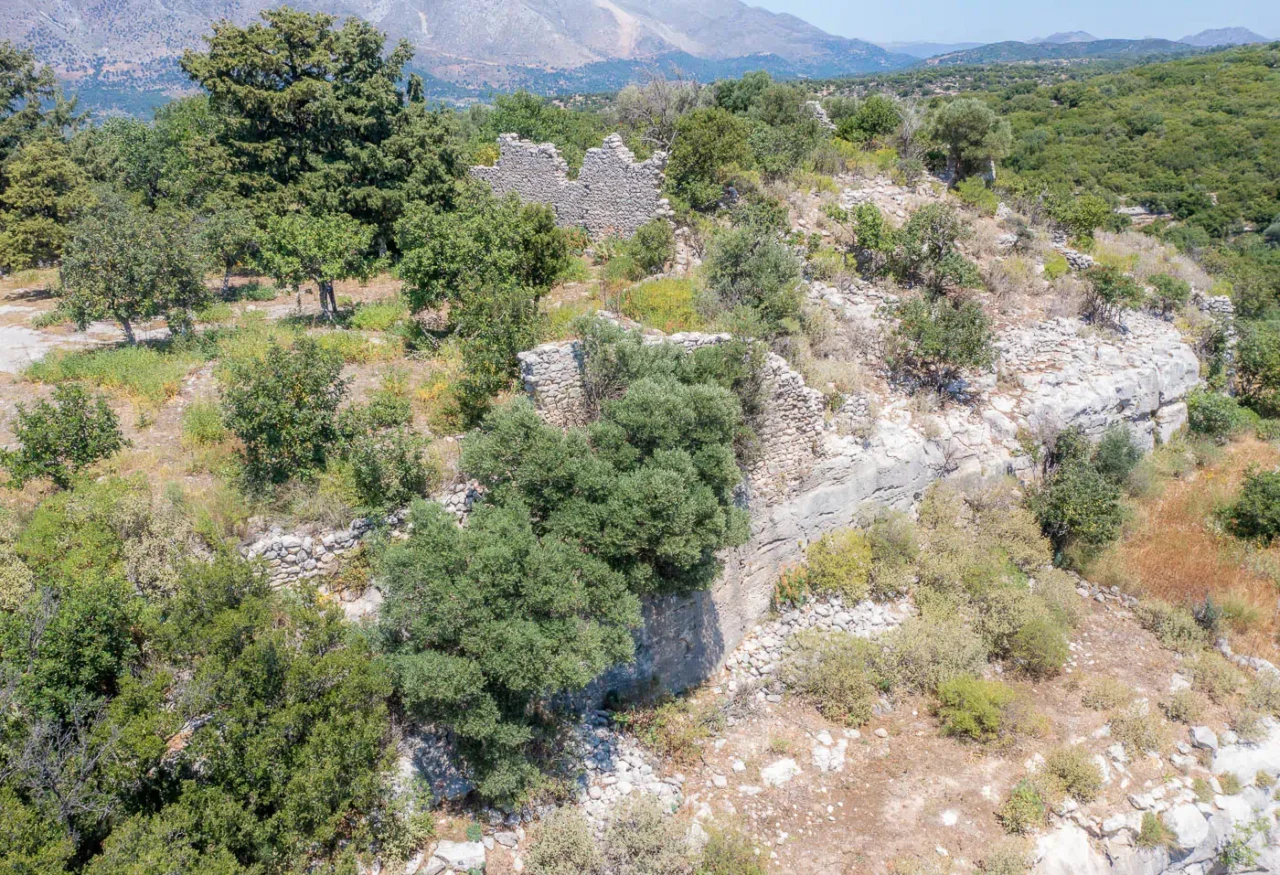
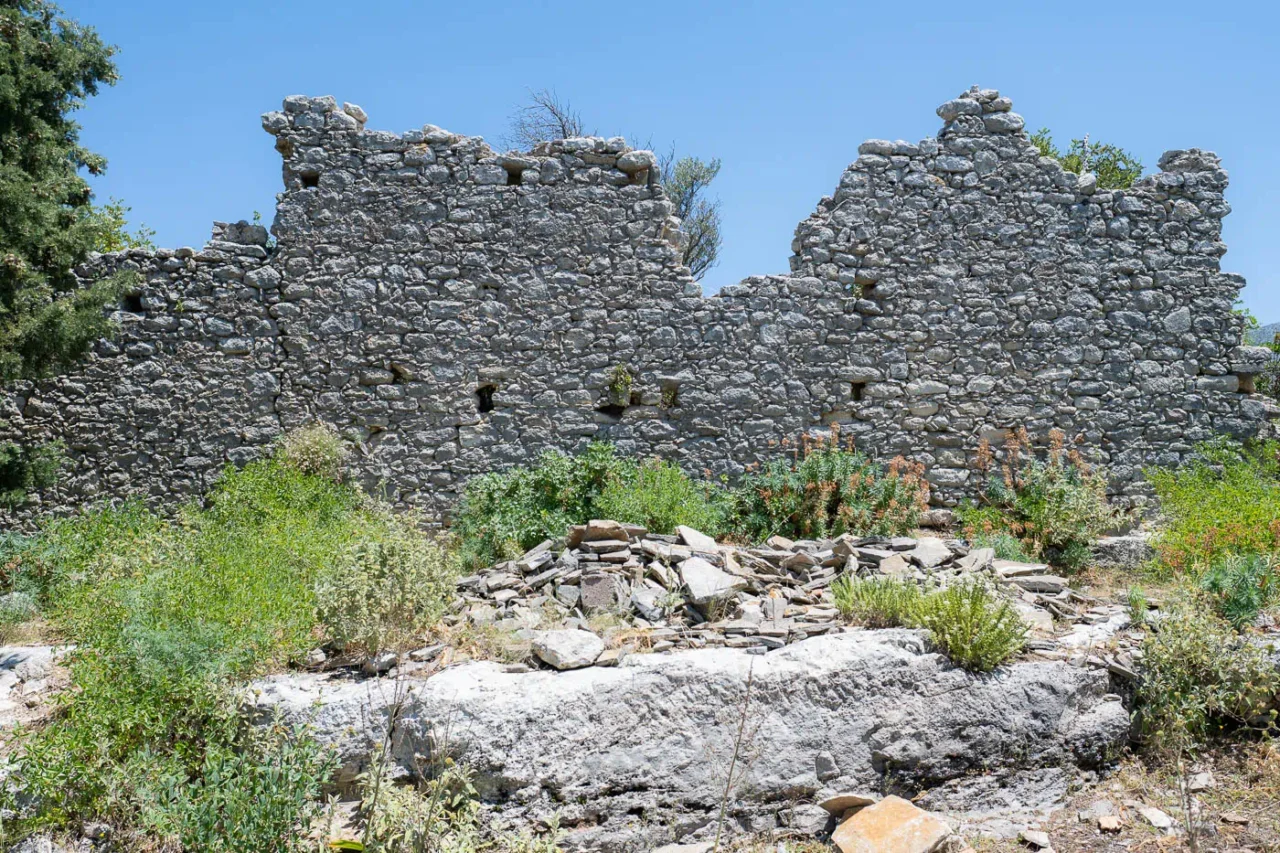
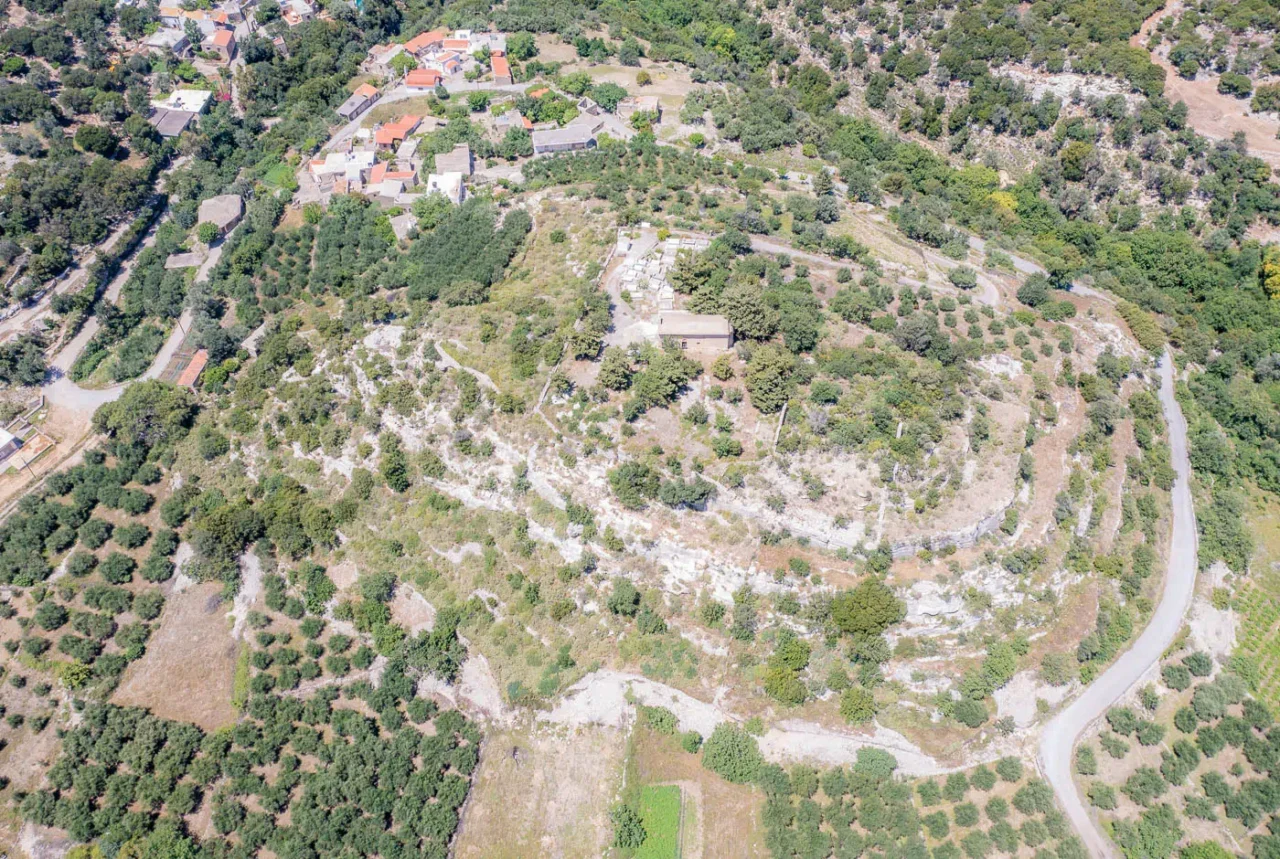
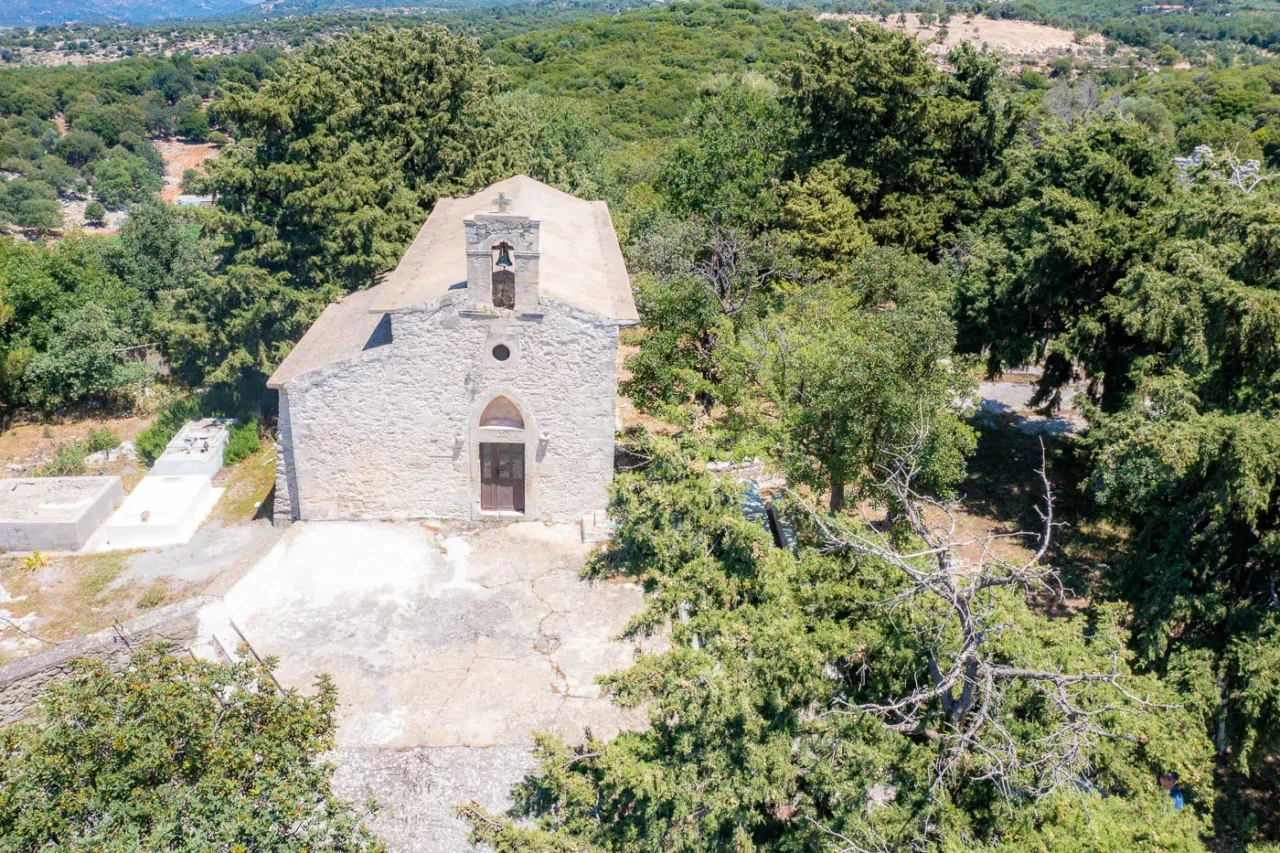
High above the village of Kastri in Mylopotamos, Crete, lie the remnants of a once-imposing Venetian fortress known as the Koules of Mylopotamos, or Panokastri. This strategically positioned stronghold offers a glimpse into the turbulent history of Crete during the Venetian era, a time marked by power struggles and rebellions.
Historical Significance
The Koules of Mylopotamos was constructed in the 14th century by the Kallergis family, a prominent Cretan clan. The Kallergis family played a significant role in the St. Titus rebellion of 1363-1366, an attempt to overthrow Venetian rule and establish an independent Cretan republic. Following the rebellion’s suppression, the Kallergis family fortified their holdings in Kastri, constructing the Koules as a defensive stronghold.
Despite their efforts, the Kallergis family’s rebellion was eventually quelled, and their lands were confiscated by the Venetians. The Koules of Mylopotamos stands as a testament to their defiance and the ongoing struggle for power in Crete during this period.
The Church of Panagia Panokastriani
Within the Koules complex, the Church of Panagia Panokastriani stands as a symbol of the Kallergis family’s legacy. The church’s architecture features their coat of arms, a reminder of their influence and power. Today, the church serves as the village’s cemetery chapel, a place of reverence and remembrance.
Architectural Features
The Koules of Mylopotamos is a typical example of Venetian fortification architecture. The fortress was built on a rocky hill, offering a commanding view of the surrounding area. Its walls were constructed of local stone, and the complex included various buildings, such as barracks, storage rooms, and a cistern.
Current Status
Today, the Koules of Mylopotamos lies in ruins, yet it remains an important historical site. The remnants of the fortress walls, the church, and other structures offer valuable insights into Crete’s past. Efforts are underway to preserve and protect this significant cultural heritage site.
Fortifications: Key Points
- Construction Period: 14th century
- Location: Kastri village, Mylopotamos, Crete
- Historical Significance: Venetian stronghold, Kallergis family rebellion
- Current Status: Ruins, undergoing preservation efforts













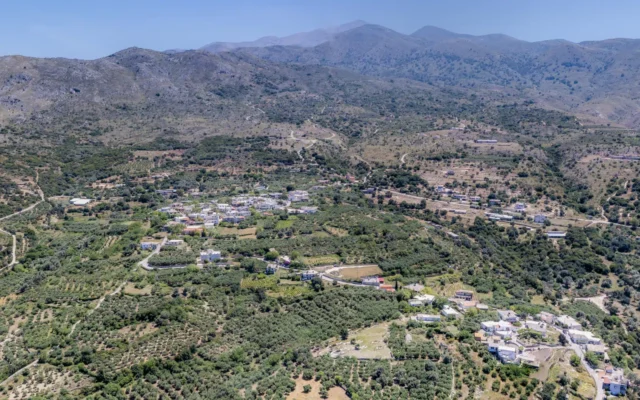

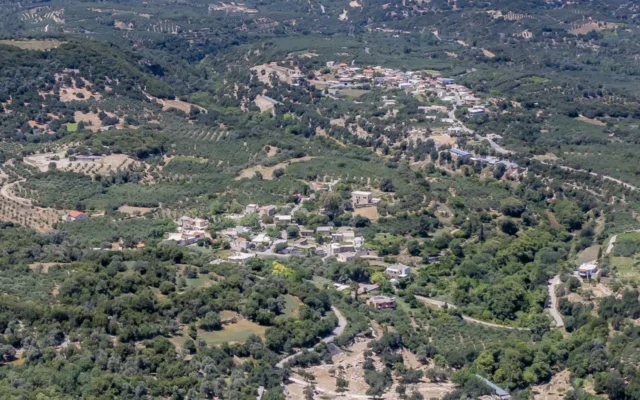



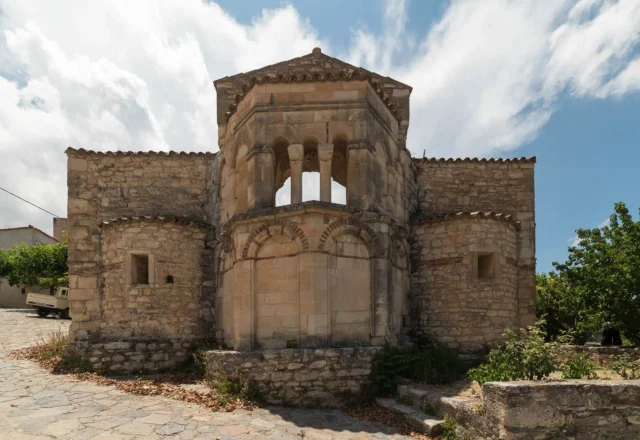

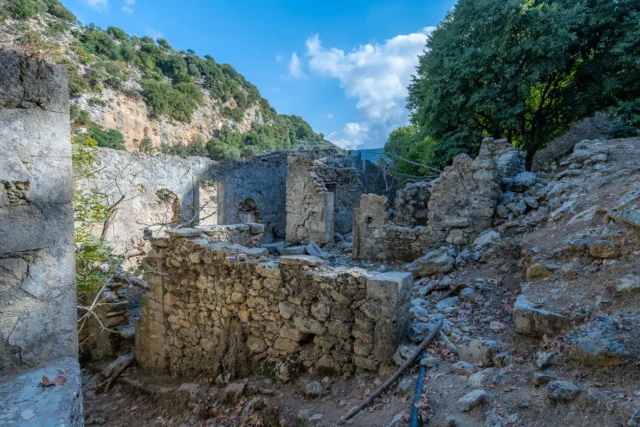
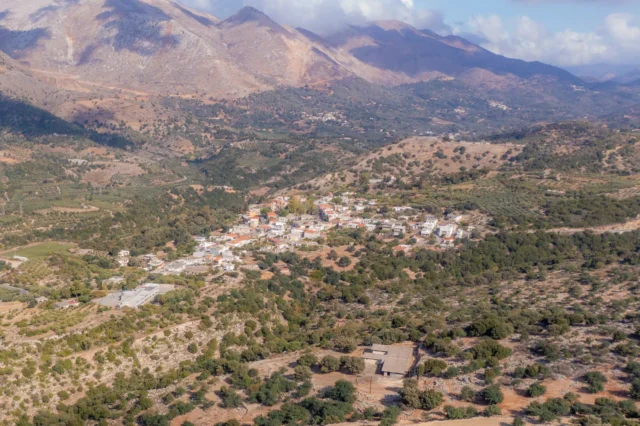




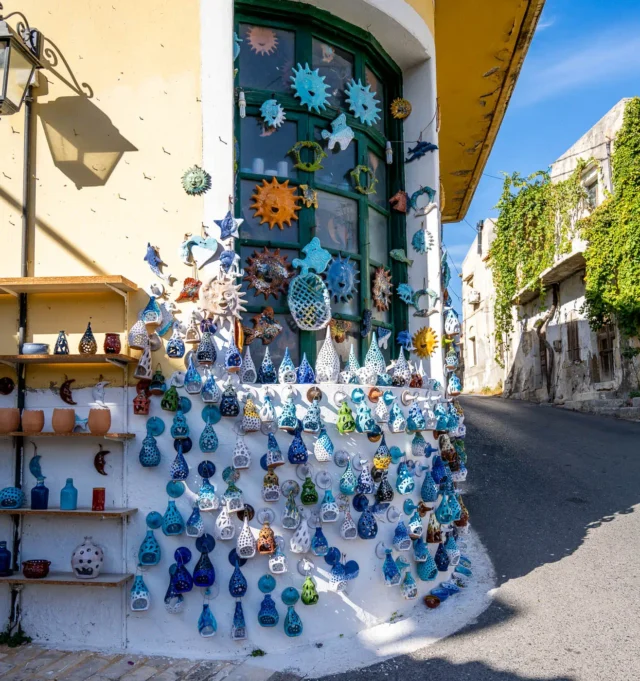

There are no comments yet.